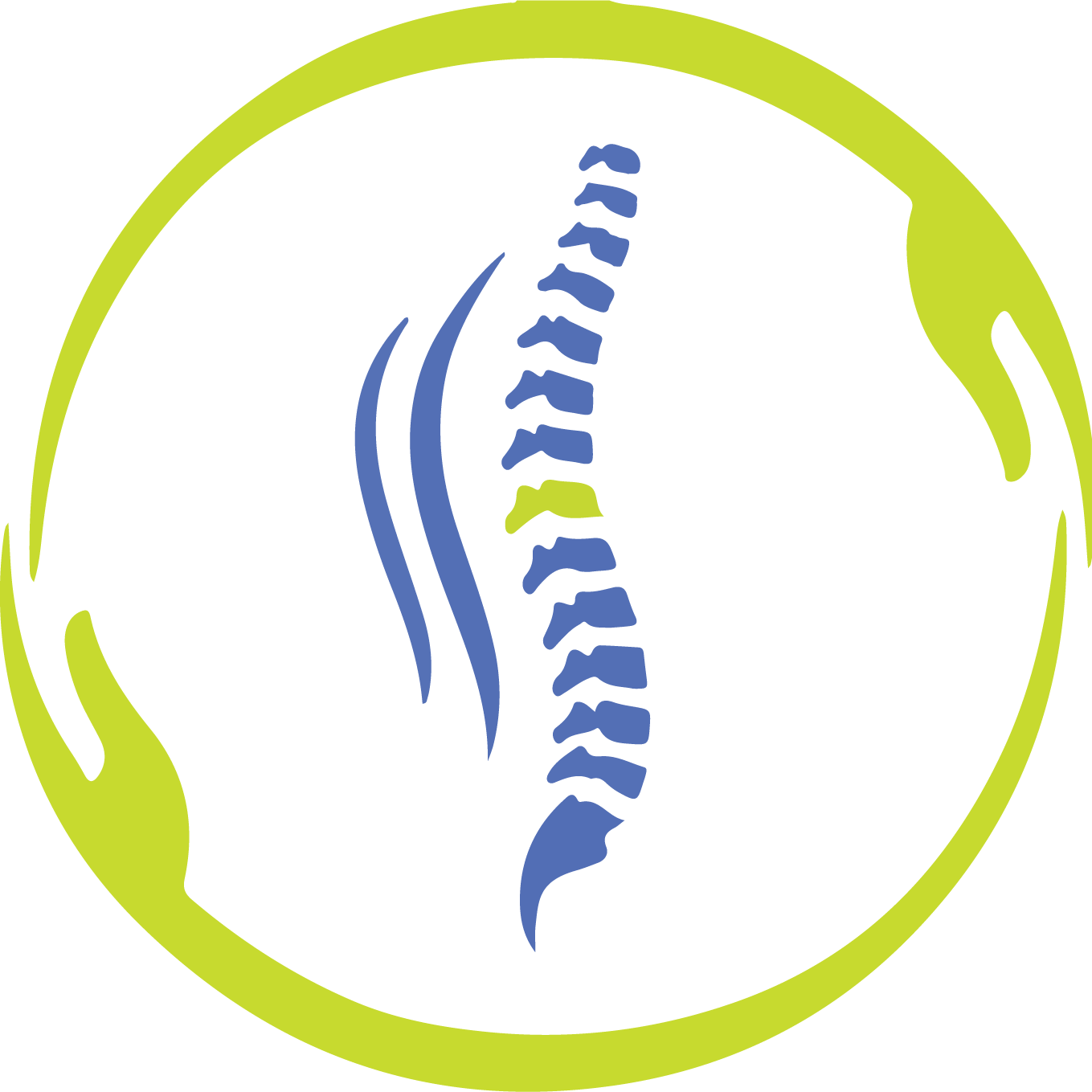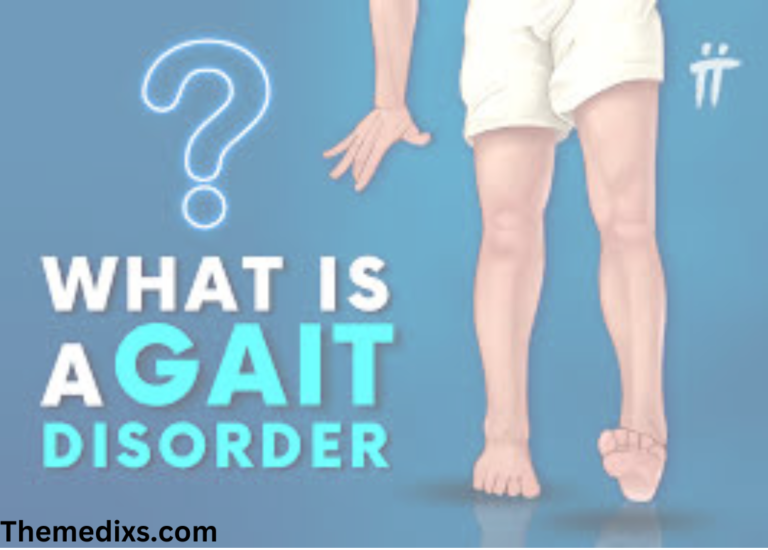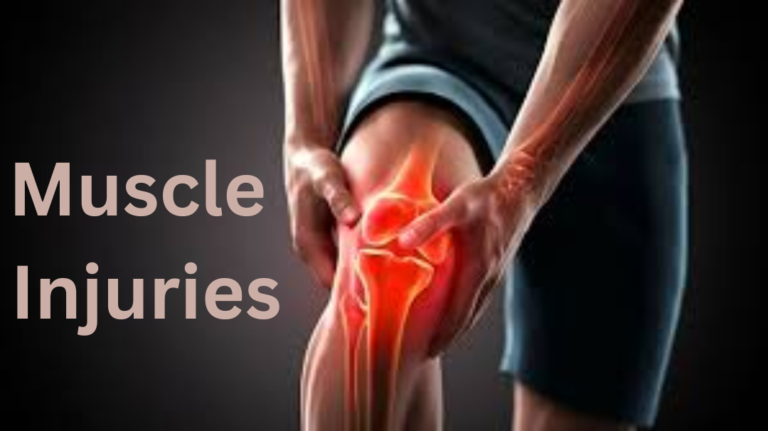Angina, a term derived from the Latin word “angere,” meaning to choke or strangle, refers to chest pain or discomfort caused by insufficient blood flow and oxygen supply to the heart muscle. It is a symptom of an underlying heart condition, most commonly coronary artery disease (CAD). This blog explores the types, causes, symptoms, diagnosis, treatment, and preventive measures associated with angina to provide a comprehensive understanding of this critical medical condition.
Understanding Angina
Angina occurs when the heart muscle (myocardium) needs greater oxygen-rich blood than the coronary arteries can supply. This imbalance is often because of narrowed or blocked arteries, a condition referred to as atherosclerosis. Angina isn’t a disease in itself however a warning sign of potential heart problems, which include heart attacks.
Types of Angina
It is extensively classified into 4 types:
Stable Angina: This is the most common form, triggered by physical activity or emotional stress. Symptoms are predictable and usually subside with rest or medication consisting of nitroglycerin.
Unstable Angina: A more severe condition, unstable angina occurs unexpectedly and regularly at rest. It signals a significant reduction in blood flow to the coronary heart and may precede a coronary heart attack. Immediate medical attention is crucial.
Variant (Prinzmetal`s) Angina: This rare form of angina is due to a spasm in the coronary arteries. It usually occurs during rest, often at night, and can be relieved with medication.
Microvascular Angina: Associated with the small blood vessels of the coronary heart, this sort of angina is greater common in women and may occur with out seen blockages in the large coronary arteries. It regularly calls for specialised checking out for analysis.
Causes of Angina
The primary cause of angina is reduced blood flow to the heart due to narrowed or blocked arteries. Key contributing factors include:
- Atherosclerosis: The buildup of fatty deposits (plaques) in the arteries, leading to reduced blood flow.
- Coronary Artery Spasm: Temporary tightening of the artery wall, reducing blood supply.
- Blood Clots: Formation of clots that partially or completely block blood flow.
- Anemia: Reduced oxygen-carrying capacity of the blood, increasing the heart’s workload.
Certain lifestyle and health factors significantly increase the risk of developing angina, including smoking, high blood pressure, high cholesterol levels, diabetes, obesity, physical inactivity, and a diet high in unhealthy fats and sugars.
Symptoms of Angina
Angina manifests differently in individuals, but common symptoms include:
- Chest pain or discomfort, often described as pressure, squeezing, or a burning sensation.
- Pain radiating to the arms, shoulders, neck, jaw, or back.
- Shortness of breath.
- Nausea, dizziness, or lightheadedness.
- Fatigue or weakness.
- Sweating.
Women may experience atypical symptoms, such as sharp or stabbing chest pain, abdominal discomfort, or extreme fatigue. Recognizing these variations is vital for timely diagnosis and treatment.
Diagnosing Angina
Diagnosing angina involves a thorough medical history, physical examination, and various diagnostic tests. Key steps include:
- Medical History and Physical Exam: A doctor evaluates symptoms, lifestyle factors, and medical history to assess risk factors.
- Electrocardiogram (ECG/EKG): Measures the heart’s electrical activity to detect abnormalities.
- Stress Test: Assesses heart function during physical activity or medication-induced stress.
- Echocardiogram: Uses ultrasound waves to visualize the heart’s structure and function.
- Coronary Angiography: Involves injecting dye into the coronary arteries to identify blockages using X-rays.
- Blood Tests: Check for markers of heart damage or risk factors like high cholesterol or diabetes.
- Advanced Imaging: Techniques such as CT angiography or MRI may be used for detailed visualization of the heart and arteries.
Treatment of Angina
The treatment of angina targets to reduce symptoms, enhance quality of life, and prevent complications consisting of heart attacks. Strategies consist of lifestyle modifications, medications, and, in a few cases, medical strategies or surgery.
1.Lifestyle Modifications:
Adopting a heart-healthy lifestyle is fundamental. This consists of quitting smoking, maintaining a balanced diet rich in fruits, vegetables, whole grains, and lean proteins, regular physical activity, stress management, and maintaining a healthy weight.
2. Medications:
- Nitrates: Such as nitroglycerin, to relieve chest pain by dilating blood vessels.
- Beta-Blockers: Reduce the coronary heart`s workload and oxygen demand.
- Calcium Channel Blockers: Help relax blood vessels and enhance blood flow.
- Antiplatelet Agents: Like aspirin, to prevent blood clots.
- Cholesterol-Lowering Drugs: Such as statins, to reduce atherosclerosis risk.
- Ranolazine: Used specially to manage chronic angina.
3. Medical Procedures:
- Angioplasty and Stenting: A minimally invasive procedure to open narrowed arteries and insert a stent to maintain them open.
- Coronary Artery Bypass Grafting (CABG): A surgical treatment to create a pass round blocked arteries the usage of a healthy blood vessel from every other a part of the body.
4.Emerging Therapies:
Advanced strategies like enhanced external counterpulsation (EECP) and trans-myocardial laser revascularization (TMR) may be considered for refractory cases.
Preventing Angina
Prevention is key to managing angina and decreasing the chance of headaches. Steps consist of:
- Healthy Diet: Focus on a diet low in saturated fats, trans fats, and cholesterol. Incorporate more fruits, vegetables, whole grains, and omega-3 fatty acids.
- Regular Exercise: Aim for at least 150 mins of moderate aerobic activity according to week, as recommended by health guidelines.
- Quit Smoking: Avoiding tobacco products significantly reduces the chance of atherosclerosis and coronary artery disease.
- Weight Management: Maintain a healthy weight to reduce strain at the heart.
- Control Chronic Conditions: Manage blood pressure, cholesterol, and blood sugar degrees effectively through medication and lifestyle changes.
- Stress Management: Practice rest techniques including yoga, meditation, or deep-breathing exercises.
Living with Angina
Living with angina requires ongoing control and lifestyle adjustments. Patients have to work carefully with healthcare providers to develop a personalized care plan. Regular follow-ups, adherence to prescribed medications, and vigilance for symptom changes are essential. Learning to recognize triggers and managing them proactively can help individuals lead a more comfortable and active life.
Conclusion
Angina is a serious condition that serves as a warning signal for underlying heart disease. Understanding its types, causes, symptoms, and treatment options is crucial for timely intervention and effective management. With appropriate lifestyle changes, medical care, and preventive strategies, individuals with angina can improve their quality of life and reduce the risk of severe complications like heart attacks. Awareness and education are vital to tackling this condition, emphasizing the importance of heart health and proactive care.






